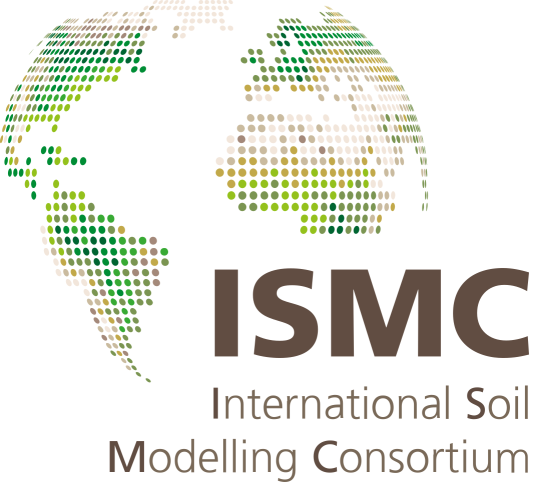An empirical soil water retention model based on probability laws for pore-size distribution
- 1Southern University of Science and Technology(zhengwj@mail.sustech.edu.cn)
- 2China Agriculture University
- 3Universtiy of Delaware
Knowledge of the soil water retention curve (SWRC) is critical to mathematical modeling of soil water dynamics in the vadose zone. Traditional SWRC models were developed based on bundles of cylindrical capillaries (BCCs) using a residual water content, which fail to accurately describe the dry end of the curve. This study improved and expanded on the traditional BCC models. Specifically, the total water retention was treated as a weighed superposition of capillary and adsorptive components.We proposed a mathematical continuous expression for
water retention from saturation to oven dryness, which also allowed for a partition of capillary and adsorptive retention. We further evaluated six capillary retention functions using different probability laws for pore-size distribution - namely, the log-logistic, Weibull, lognormal, two-parameter van Genuchten (VG), three-parameter VG (or Dagum), and Fredlund–Xing (FX) distributions. Model testing against 144 experimental data showed better agreement of the proposed model with experimental observations than the traditional approaches that use the residualwater content. The Dagum and FX distributions, which have one more degree of freedom, provided better agreement with experimental data than the other four distributions. The log-logistic and lognormal distributions fitted the experimental data better than the Weibull and VG distribution for loam soils. In addition, the fitted weighting factor w using the log-logistic and lognormal distributions better correlated to soil clay content than the other four distributions. Our study suggests that the log-logistic and lognormal distributions are more suitable to model soils’ pore-size distribution than other tested distributions.
How to cite: Zheng, W., Shen, C., Wang, L., and Jin, Y.: An empirical soil water retention model based on probability laws for pore-size distribution, 3rd ISMC Conference ─ Advances in Modeling Soil Systems, online, 18–22 May 2021, ISMC2021-87, https://doi.org/10.5194/ismc2021-87, 2021.

